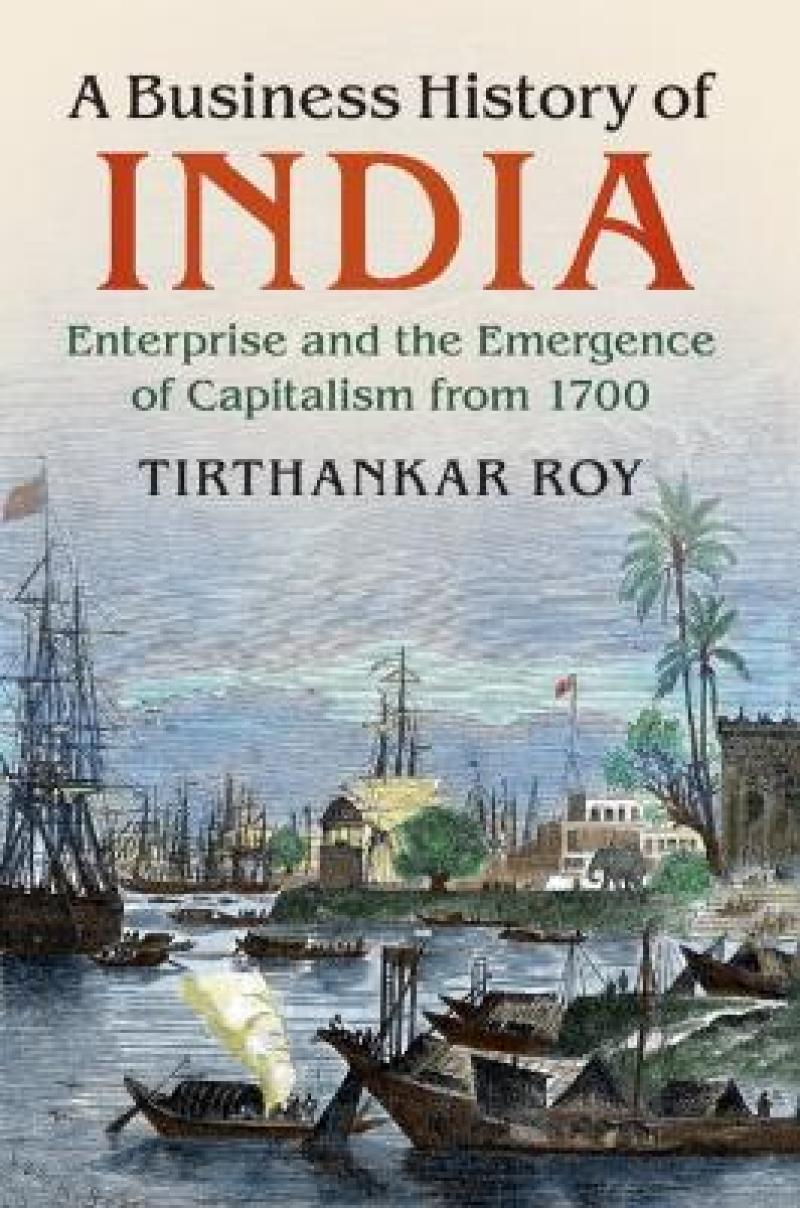'Roy has written a book of stunning intellectual ambition. He provides a brilliant synthesis of the long-run development of Indian capitalism, but more importantly still offers a compelling explanatory framework which shows how the changing roles of the global economy and the state influenced access to capital and knowledge'. Geoffrey Jones, Isidor Straus Professor of Business History, Harvard Business School, Massachusetts
'This book is a sweeping study of Indian business history from the eighteenth century to the present. A Business History of India provides an invaluable analytical perspective that elucidates the structure of both Indian and multinational firms in the past and changing business environments … Highly readable … would be a superb text in any course on Indian business/economy'. Douglas E. Haynes, Dartmouth College, New Hampshire
'This fascinating book weaves the intricate details of Indian business history into the backdrop of changing policies, governments and international contexts. An unusual and exciting contribution to economic and business history.' Bishnupriya Gupta, University of Warwick
'… this book is rooted in a balancing of knowledge of primary sources and the author's past research with wide-ranging secondary scholarship.' J. Lally, The English Historical Review
